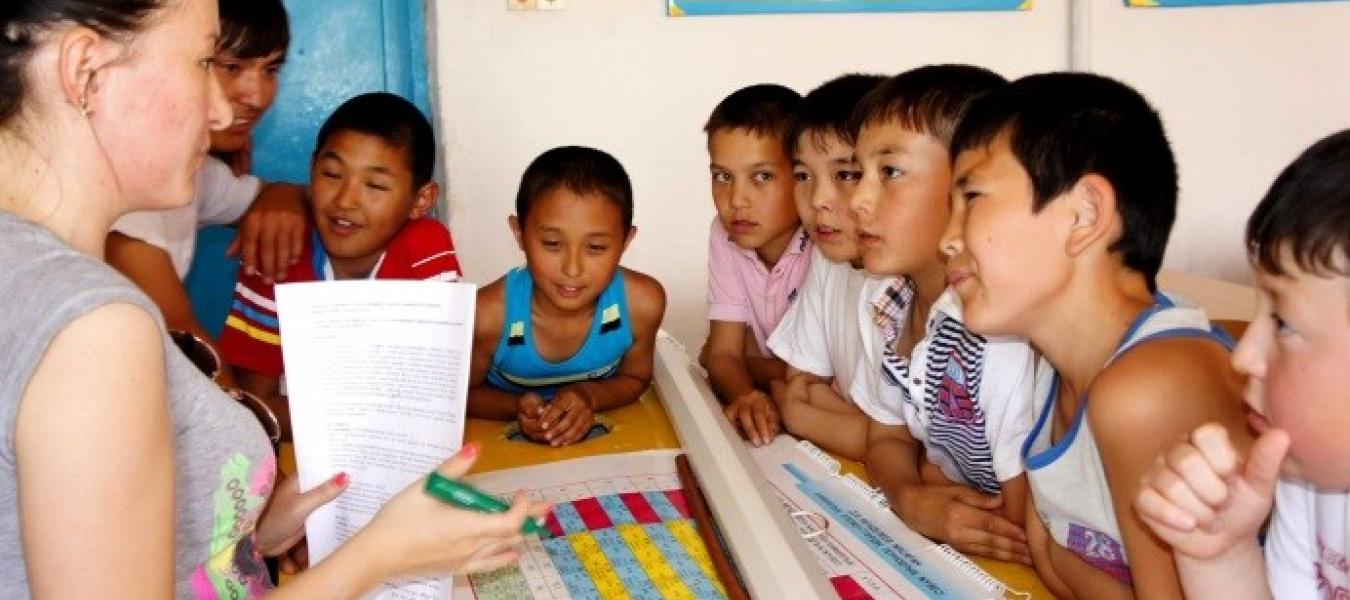
How Can We Best Engage People in Saiga Conservation?
The students were lucky enough to be able to take part in
various Saiga Day festivities, speak with local adults and
children, and to research the impact our work is having in these
remote regions. Their results were very encouraging and each made
insightful recommendations for future saiga conservation
programmes.
Katie Mattbutt carried out a fascinating piece of research into
'Factors affecting intention to volunteer to conserve the Ural
saiga population'. Understanding human behaviour is central to
implementing effective conservation strategies and Katie applied
the Theory of Planned Behaviour framework from social psychology to
understand what drives intention to volunteer for conservation
programmes. Based on her findings she was able to make several
recommendations, which we will be implementing in the coming
months; for example the Steppe Wildlife Clubs will be looking to
start a young volunteers programme to instil volunteering behaviour
at a young age and our local awareness and outreach campaigns will
always leave people with specific actions that they can carry out
to help conserve saigas.
Sophie Elliot's research investigated the possibility of how
adolescent aspirations can be used to inform new conservation
initiatives. Her research suggested that specific engagement
activities for teenagers are often overlooked in conservation, and
she suggested novel ways to involve this essential, yet hard to
engage group into conservation activities, one such suggestion;
tailoring the Ice bucket challenge to become the 'Sand bucket'
challenge has already been set in motion and went down a storm with
local teenagers and saiga supporters. (You can see some of the
clips here: Sand Bucket
Challenge)
We'd like to thank the people's trust for endangered species,
Disney Wildlife Conservation Fund, and Fauna and Flora
International's Ustyurt Landscape Conservation Initiative -
supported by USAID, for their support of the SCA's projects and for
making this research possible.
To read the executive summaries download the pdfs below:
Factors affecting intention to volunteer to conserve the Ural saiga population
